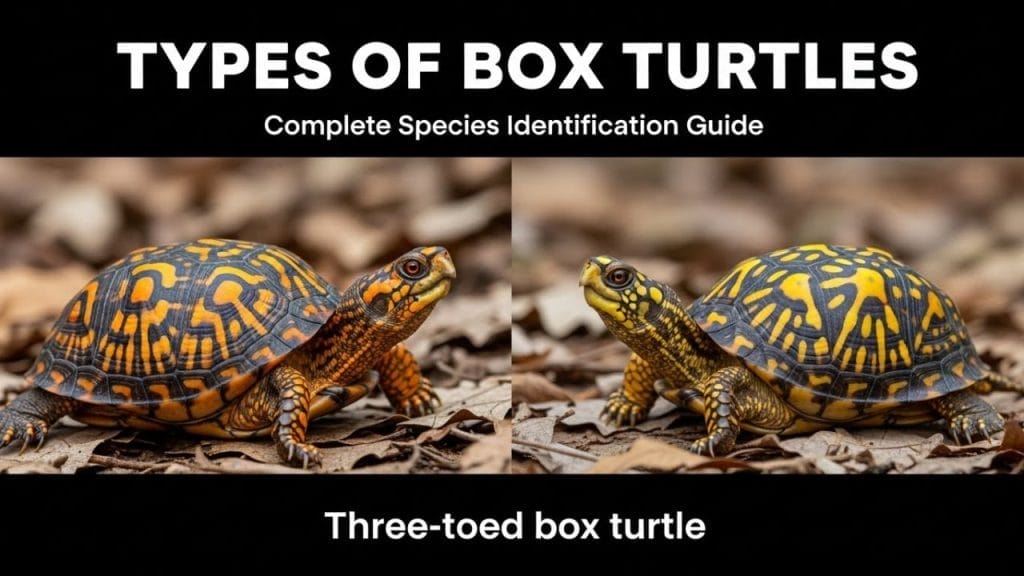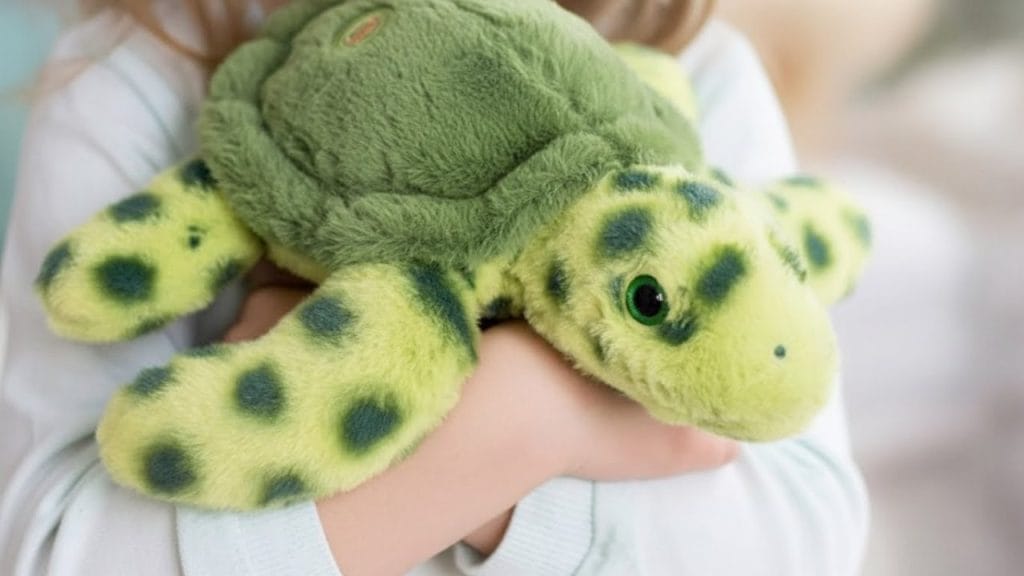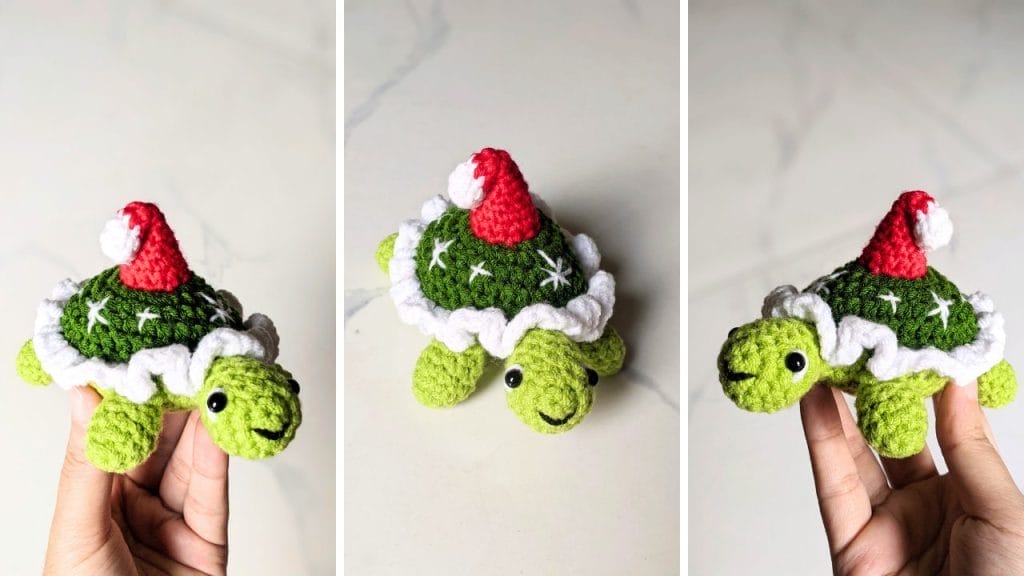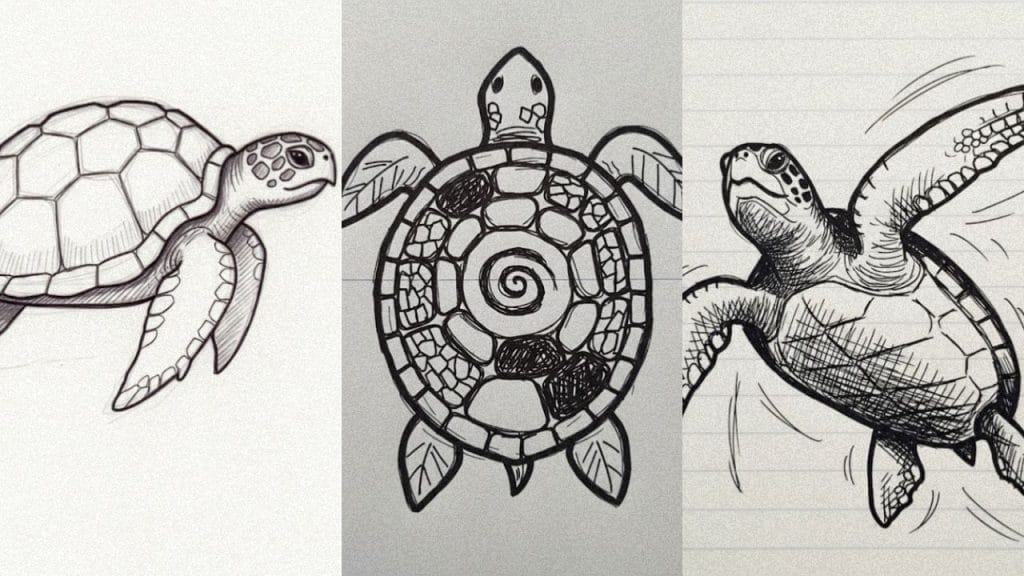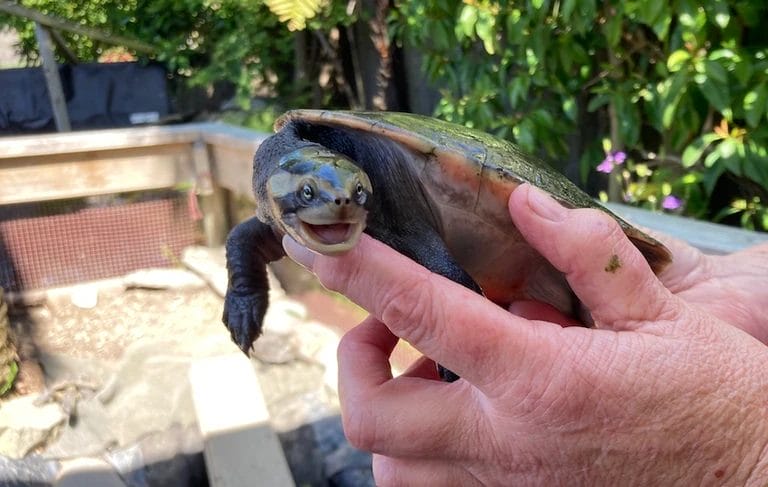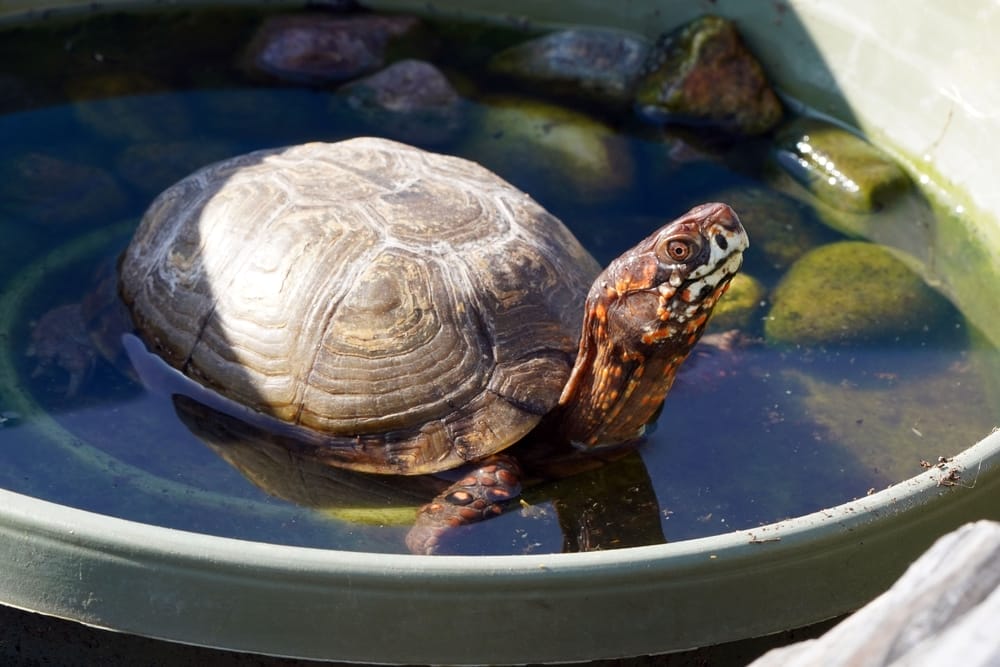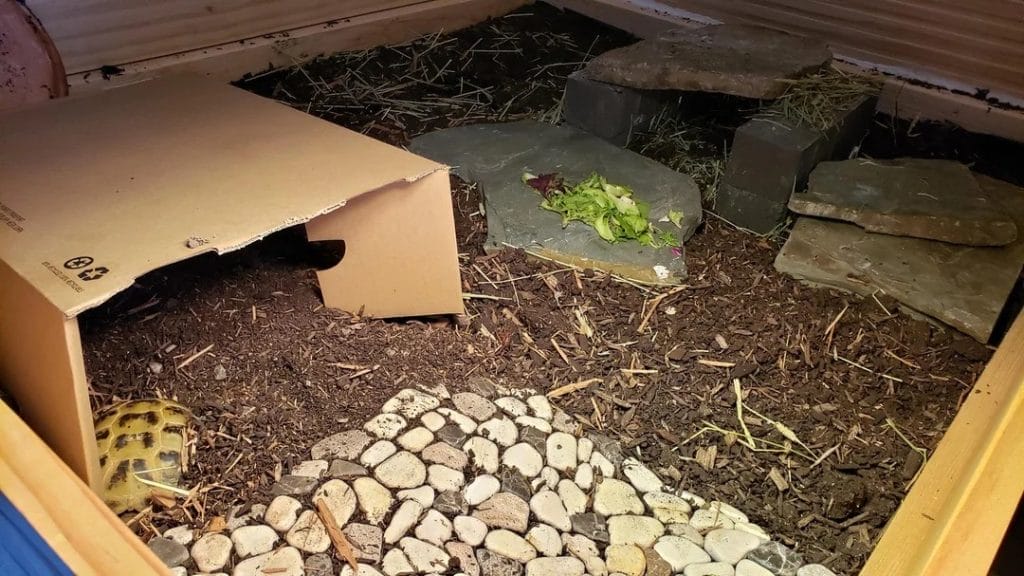Do Turtles Get Attached To Their Owners? [Debunking Myths]

This post was created with help from AI tools and carefully reviewed by a human (Muntaseer Rahman). For more on how we use AI on this site, check out our Editorial Policy.
When I started to keep pet turtles, I found they don’t have emotions. Alongside, they can’t feel deeply for other turtles. Some turtles even hate and bully each other. But the question is, do turtles get attached to their owners?
Turtles are not expressive, but they get attached to their owners. They also recognize their owners as providers. Their attachment is based on food, environment, and a safe home. They can form a strong bond with their owners if their needs are met.
That’s not it! There is more to it. In this article, you’ll learn to get closer to your turtles, the perfect way to pet them, and whatnot. Without further ado, keep reading.
Key Highlights
- Turtles can become attached when you give them safe food, a cozy home, and a clean space to live.
- Turtles can recognize their owners with their voice tone, vision, and smell.
- Turtles enjoy being near people, especially those who give them food.
- They can feel if you pet their shells and body.
- It’s wise not to pet turtles more than they need.
- You must be patient to develop bonds with new turtles and follow some techniques.
- Turtles can’t understand human language but respond according to the tone of voice.
Do Turtles Get Attached To Their Owners?
Turtles get attached to their owners if they get food on time, a cozy home, and a proper basking area.
They don’t have a wide range of feelings. On top of that, they are shy and protective. But ensuring better survival for them can help them get attached over time.
Their priority is comfortability. The more you make them free from stress and threats, the more they will feel attached to you. Additionally, turtles can miss you if they are connected.
Another essential thing for turtles is trust. My turtles like me because I give them a safe home, good food, and a cozy spot to sunbathe.
Recent research reveals that turtles have brain systems for emotions, including processing and regulation. Turtles can show their emotions through body language, sounds, and how they interact with others.
This Hilarious Turtle Book Might Know Your Pet Better Than You Do
Let’s be real—most turtle care guides feel like reading a textbook written by a sleep-deprived zookeeper.
This one’s not that.
Told from the snarky point of view of a grumpy, judgmental turtle, 21 Turtle Truths You’ll Never Read in a Care Guide is packed with sarcasm, sass, and surprisingly useful insights.
And hey—you don’t have to commit to the whole thing just yet.
Grab 2 free truths from the ebook and get a taste of what your turtle really thinks about your setup, your food choices, and that weird plastic palm tree.
It’s funny, it’s honest, and if you’ve ever owned a turtle who glares at you like you’re the problem—you’ll feel seen.
Can Turtles Recognize Their Owners?
Turtles can recognize their owners through smell, vision, and sound.
Generally, they’re protective and hide themselves around strangers. However, turtles aren’t friendly like cats, dogs, and other animals.
I was wondering if my turtles know me or not. That’s why I’ve observed their behavior when roaming the tank. They know my face, voice, and smell. For more details, you can check this out.
Can Turtles Feel Love For Their Owners?
Turtles can like their owners. But they don’t love as we do or the other animals can do. If your turtles aren’t excited when they see you, that doesn’t mean they don’t feel for you. Their expression of love isn’t similar to dogs or cats. They don’t jump on you or kiss you.
Turtles show love by playing, swimming, and approaching when they see or smell you. Yet, their feelings aren’t intense, but they can love you according to their love language.
Do Turtles Like To Be With Humans?
Turtles like humans but don’t need their attention. Mostly, they enjoy their alone time more than being around people. Sometimes, they get bored, sad, and depressed, but still, they aren’t needy for human attention and love.
However, I’ve kept a specific hour to spend with them every day. They love to play with me, so I’ve arranged some toys for them. After observing for a few years, my turtles appreciate my presence.
The impact of the environment on turtles’ emotional health is another crucial aspect. The way a turtle’s environment is set up really affects how it feels. Turtles thrive in clean and roomy enclosures. A consistent routine and fewer stressors promote their emotional well-being.
Can Turtles Feel When You Pet Them?
According to numerous research, turtles can feel when you pet their neck and shells. Their shells have a sense of touch. For example, they can feel your love when you rub them.
On the other hand, they can feel the pain if their shells get hurt. I make my turtles comfortable by petting their shells most of the time.
All turtles don’t enjoy being touched. Some of them can be annoyed if you touch them excessively. Also, it can make them feel anxious.
I suggest observing their nature, behavior, and preferences before petting them. It’s necessary to rub them with care and ensure their highest comfort.
How Do I Know If My Turtle Like Me?
There are some signs of understanding a turtle’s emotions. It can vary with different species of turtles.
For instance, my painted box turtles always approach me before I pet them. But the red eared sliders don’t like to be petted.
If your turtle is moving around the tank or pond, even if you are near, they like you. Because turtles often hide if someone is around their nest.
Along with that, they’ll let you feed them comfortably. They will be normal and relaxed. Otherwise, turtles pull their body inside the shell.
How To Develop Bond With A New Turtle?
Every turtle owner should learn to develop a connection with a new turtle. You need to get closer to them step by step. It’s better not to touch or handle them without making them feel comfortable. I am sharing some techniques I follow to develop a strong bond with my turtles.
1. Give Them Time And Space
It takes some days for turtles to adapt to their new environment. You can’t expect them to be relaxed. They get stressed when you change their home. It’s essential to be patient with the turtles and let them be as they want.
2. Prepare A Comfortable Environment
The first basic need of turtles is a perfect home. That’s the primary step of making them stress-free and feel secure. You must ensure a moderate temperature, hiding nests, and proper lighting.
3. Feed By Hand
Instead of giving food in their tank, you can hand feed them to make a bond with them. It works for my turtles. I use kitchen tongs to provide them so they can get used to my hand-feeding strategy.
4. Observe Their Nature
Before getting closer to turtles, you must look into their behavior and nature. You’ve to observe their body language to approach them for interaction.
However, when they feel secure and safe, I come closer to my new turtles.
5. Nutritious Food
Feeding turtles with their favorite food can make you their best friend. I made a safe food chart for my turtles, which they liked. One of their prominent requirements is good food. You should prepare a proper meal plan according to their need to make them feel better.
6. Communicate With Them
Turtles recognize humans with vocalization. They can feel it if you speak gently with them. As turtles like to maintain a peaceful environment, it can give them a cozy vibe, and they’ll get a home-like environment.
7. Make A Proper Routine
Turtles are disciplined. So, you need to make a perfect routine for their feeding, cleaning, and handling routine. I’ve got a consistent routine for nurturing my turtles every day. It grows their trust in their owners and develops a deep connection.
8. Offer Fancy Toys And Delicious Treats
Last but not least, you can give them fancy toys to play with when bored. It shows that you care for them. In addition to that, you can offer tasty treats to get their attention. Turtles will gradually trust you, and it’s the most effective way to build a connection with them.
Do Turtles Understand Human Language?
Turtles don’t understand human languages. With their simple nervous system, they can’t process human words. They only feel the vibration when you talk, and that’s it. Even if turtles respond sometimes, it doesn’t mean they understand your language.
But they can understand the tone with the vibration and their instinct. I talk to them calmly so that they feel relaxed and safe around me. It’s a fantastic way to communicate with turtles and gain their trust.
can turtles recognize their name?
Turtles might not recognize their names like dogs or cats do. Here’s why:
- Turtles have good sight and hearing, but their brains are different from mammals.
- They can learn to associate sounds with food or care, but it’s not clear if they know their names.
- If you call a turtle’s name, they might come for food or attention. But it’s mainly about the routine, not the name.
Every turtle is different. Some may appear to recognize their name, but it’s really about positive experiences.
In short, turtles may respond to a sound or routine, but it’s not certain they understand it as their name.
Comparative Analysis Of Turtle Emotions With Other Animals
When exploring the emotional world of turtles, it’s beneficial to compare their emotional expressions with those of other animals, particularly mammals. This comparison offers a clearer understanding of the unique ways in which different species experience and display emotions.
| Aspect | Turtles | Mammals |
|---|---|---|
| Emotional Range | Turtles experience emotions like fear, stress, anxiety, pain, and satisfaction, but their emotional range is generally viewed as less intense and complex compared to mammals | Mammals often exhibit a wider and more complex range of emotions, including advanced feelings like empathy and deep social bonds |
| Expression of Emotions | Turtles express emotions through body language, changes in activity levels, and sometimes vocalizations. Their expressions are often subtle and can be challenging to interpret | Mammals show emotions through a variety of vocalizations, facial expressions, and body language. These expressions tend to be more overt and easier to interpret |
| Attachment to Humans | Turtles can form an emotional bond with their owners, though this bond is different in nature and expression compared to mammals | Many mammals, especially domesticated pets, form strong emotional bonds with humans, often demonstrated through affectionate behavior |
| Response to Environment | Turtles’ emotional states are greatly influenced by their environment. Proper habitat and care can lead to contentment and reduce stress | Mammals also respond emotionally to their environment, with a well-cared-for habitat contributing to their emotional well-being |
| Social Interaction | Turtles engage in social behaviors like courtship and territorial disputes, with emotions playing a role in these interactions | Mammals often have more complex social structures and interactions, with emotions deeply influencing social behavior and group dynamics |
Before You Go…
As a new turtle owner, it’s quite challenging to accept that turtles don’t have deep feelings like us. I’ve been there. But when my turtles started to like and approach me to pet them, I understood they were getting attached to me.
Making them feel safe from life threats is the top-most goal when you want your turtles to get attached to you. Providing safety and a relaxing lifestyle is also the key to getting closer to them. To learn more about a turtle’s lifestyle, look at the articles below.
How Do You Make An Indoor Turtle Pond? [Step By Step Instructions]
How Often To Change Turtle Tank Water?

About Author
Muntaseer Rahman started keeping pet turtles back in 2013. He also owns the largest Turtle & Tortoise Facebook community in Bangladesh. These days he is mostly active on Facebook.







